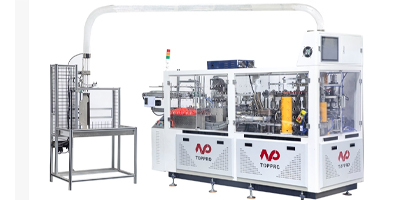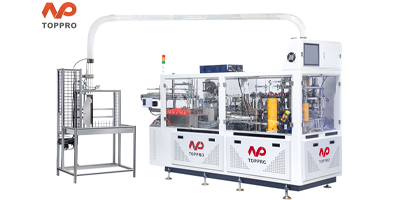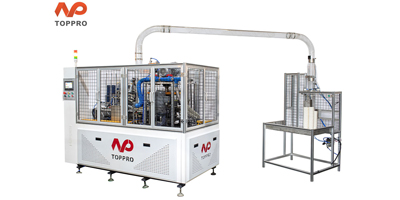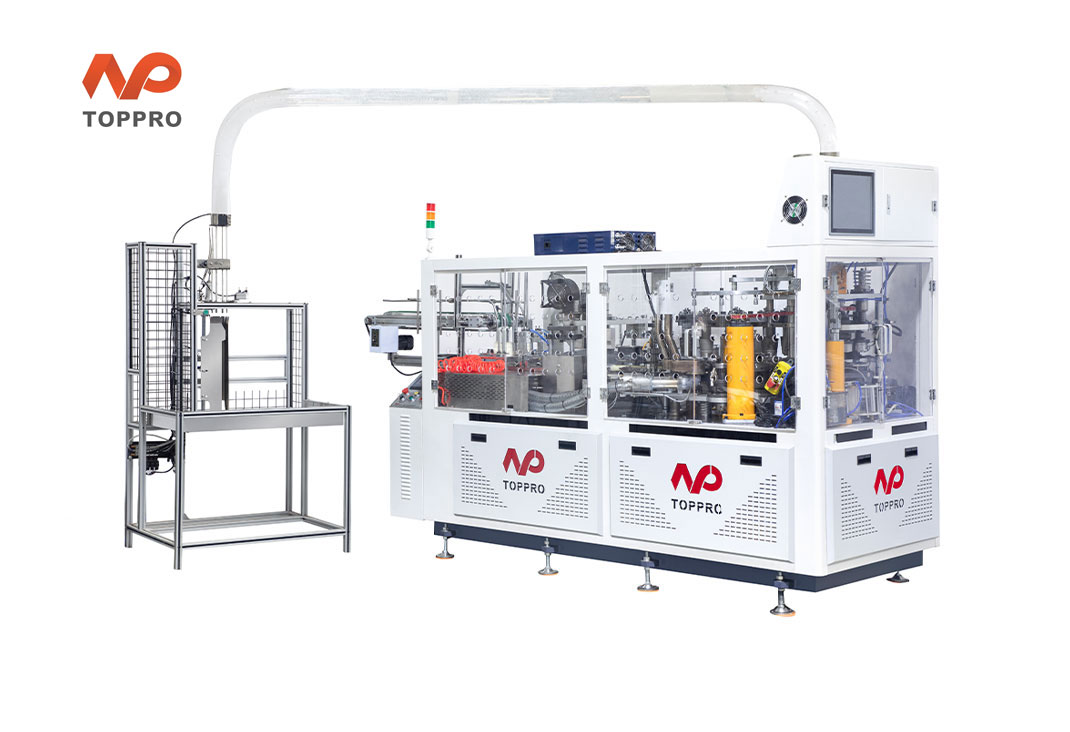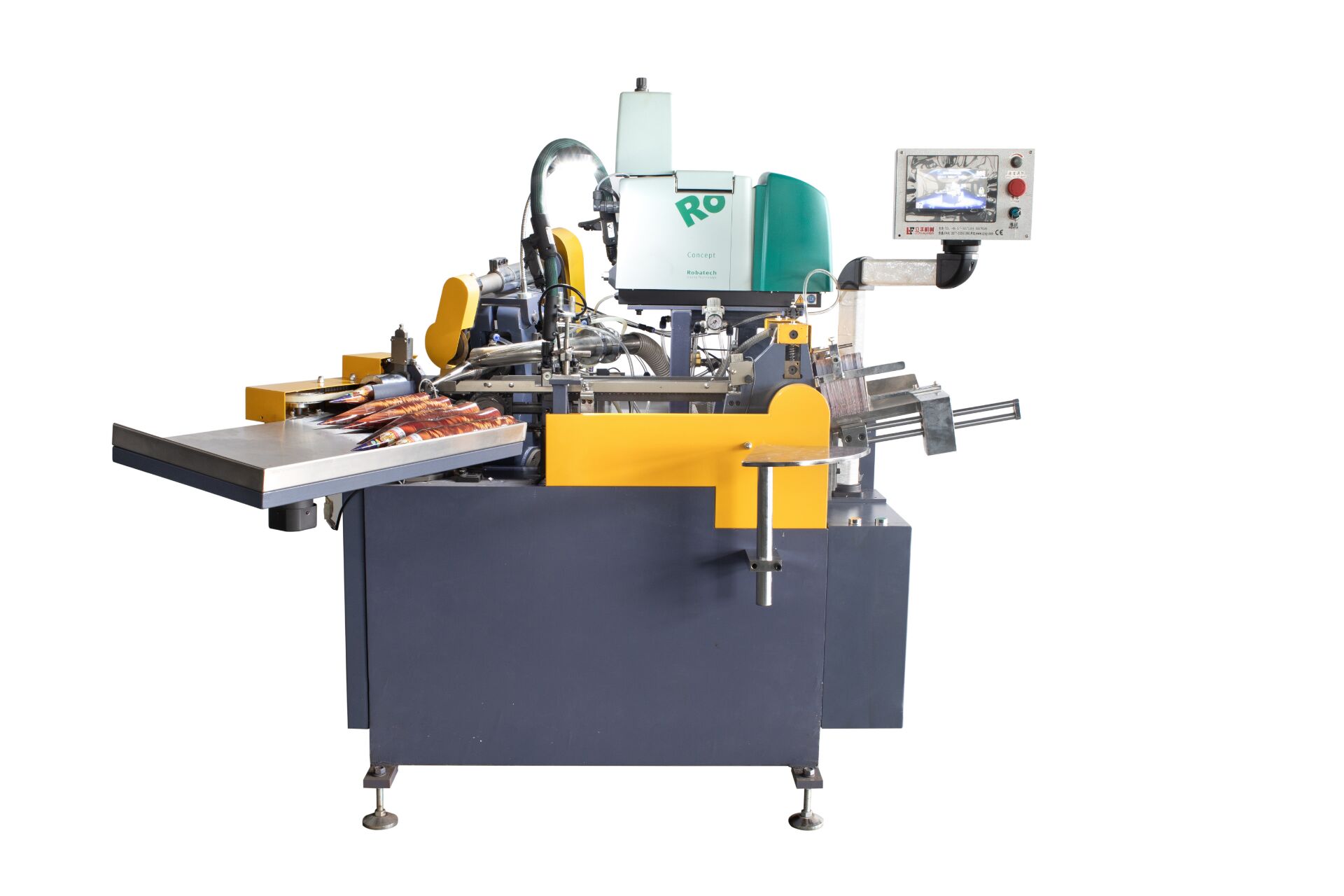In recent years, with the increasing concern for health and environmental protection, the safety of daily necessities has become a hot topic. Among them, the question of whether PE-coated paper cups are harmful to the human body has sparked widespread debate. To understand this issue comprehensively, it is essential to explore several key aspects, including the nature of PE laminate, the safety of PE coating, precautions for using PE-coated paper cups, the role of paper cup machines in safe production, and the development of alternative materials.
What is PE laminate?
PE laminate, short for polyethylene laminate, is a thin layer of polyethylene plastic that is thermally bonded to one or both sides of a paper cup. Polyethylene is a common thermoplastic polymer known for its excellent water resistance, flexibility, and durability. When applied to paper cups, the PE laminate forms a protective barrier that prevents liquids from seeping through the paper, ensuring that the cup maintains its structural integrity and functionality.
Safety of PE coating
The safety of PE coating is a central concern. Generally, when produced according to strict standards, PE-coated paper cups are considered safe for human use. The polyethylene used in food - contact applications, such as paper cup coatings, is regulated by food safety authorities around the world. It is designed to be chemically stable and does not easily react with common beverages. Under normal circumstances, it does not release harmful substances into the liquid, even when in contact with hot drinks. However, if the production process does not meet the required standards, for example, if recycled or substandard polyethylene materials are used, or if the coating is not evenly applied, there could be potential risks. Inadequate manufacturing may lead to the presence of impurities in the PE coating, which might leach into the beverage and pose a threat to human health.
Precautions for Using Coated PE Paper Cups
While safe when used correctly, following these precautions minimizes any potential risks and ensures optimal performance:
1. Respect Temperature Limits: DO NOT MICROWAVE PE-coated paper cups. The intense, uneven heat can melt the coating and significantly increase the risk of leaching or cause the cup to fail. Avoid pouring boiling water directly into them. Let boiling liquids cool slightly first.
2. Avoid Prolonged Storage: Don't store beverages (especially acidic ones like orange juice or very hot coffee) in PE-coated cups for extended periods (hours or days). Use them for immediate consumption.
3. Don't Reuse: PE-coated paper cups are designed for single use. Washing them can damage the coating, compromise its integrity, and increase the chance of bacterial growth in the paper layer.
4. Check for Damage: Don't use cups that are crushed, have visible tears in the coating, or show signs of delamination (peeling).
5. Follow Manufacturer Guidelines: If the cup has specific instructions (e.g., "Not for Microwave"), adhere to them strictly.
The Role of Paper Cup Machines in Safe Production
The safety of the final cup heavily depends on the manufacturing process. Modern paper cup machines play a critical role:
1. Precise Coating Application: Machines ensure a uniform, consistent, and correctly gauged layer of PE is applied to the paper stock. Too little coating leads to leaks; inconsistent coating creates weak spots.
2. Controlled Heat Sealing: Forming the cup's side seam and bottom requires precise heat and pressure. Machines ensure a strong, leak-proof seal using the PE coating itself, without needing excessive glue (which could be another potential contaminant source). Proper sealing prevents liquid contact with the paper core.
3. Quality Control Integration: Modern machines often incorporate sensors and automated inspection systems to detect defects like coating gaps, weak seals, or contamination during production, rejecting faulty cups.
4. Hygienic Production Environment: Automated machines minimize human handling, reducing contamination risks. They are designed for easy cleaning and maintenance to uphold hygiene standards.
5. Material Handling: Machines ensure the food-grade paper and PE film are handled correctly from roll to finished cup.
Development of Alternative Materials
While PE is currently the dominant and proven safe coating, environmental concerns (plastic pollution, fossil fuel use, recyclability challenges) are driving innovation:
1. PLA (Polylactic Acid): Made from corn starch or sugarcane, PLA is biodegradable under industrial composting conditions. It functions similarly to PE for cold drinks but has lower heat resistance, limiting its use for hot beverages without additional design modifications. Recycling infrastructure is also less developed than for PE.
2. Water-Based Barriers: Emerging technologies aim to create effective barriers using bio-based polymers, plant waxes, or mineral coatings applied in water-based dispersions. These promise improved compostability and recyclability but face challenges in achieving the same level of performance, grease resistance, and cost-effectiveness as PE.
3. Enhanced PE Recycling: Efforts are underway to improve the collection and recycling systems specifically for PE-coated paper cups, turning them into new products instead of landfill waste. Design for recyclability is also a focus.
4. Other Bio-Polymers: Research continues into other bio-derived and biodegradable polymers that might offer better heat resistance than PLA while maintaining environmental benefits.
Conclusion
Based on current scientific understanding and regulatory approvals, PE-coated paper cups are not considered harmful to human health when used correctly for their intended purpose. The food-grade PE coating, applied by sophisticated paper cup machines under controlled conditions, provides a safe and effective barrier for beverages within normal temperature ranges. The primary precautions are avoiding microwaving, avoiding extreme boiling temperatures, and not reusing the cups.




